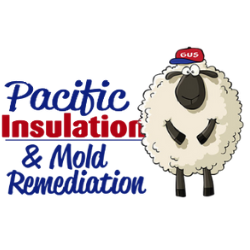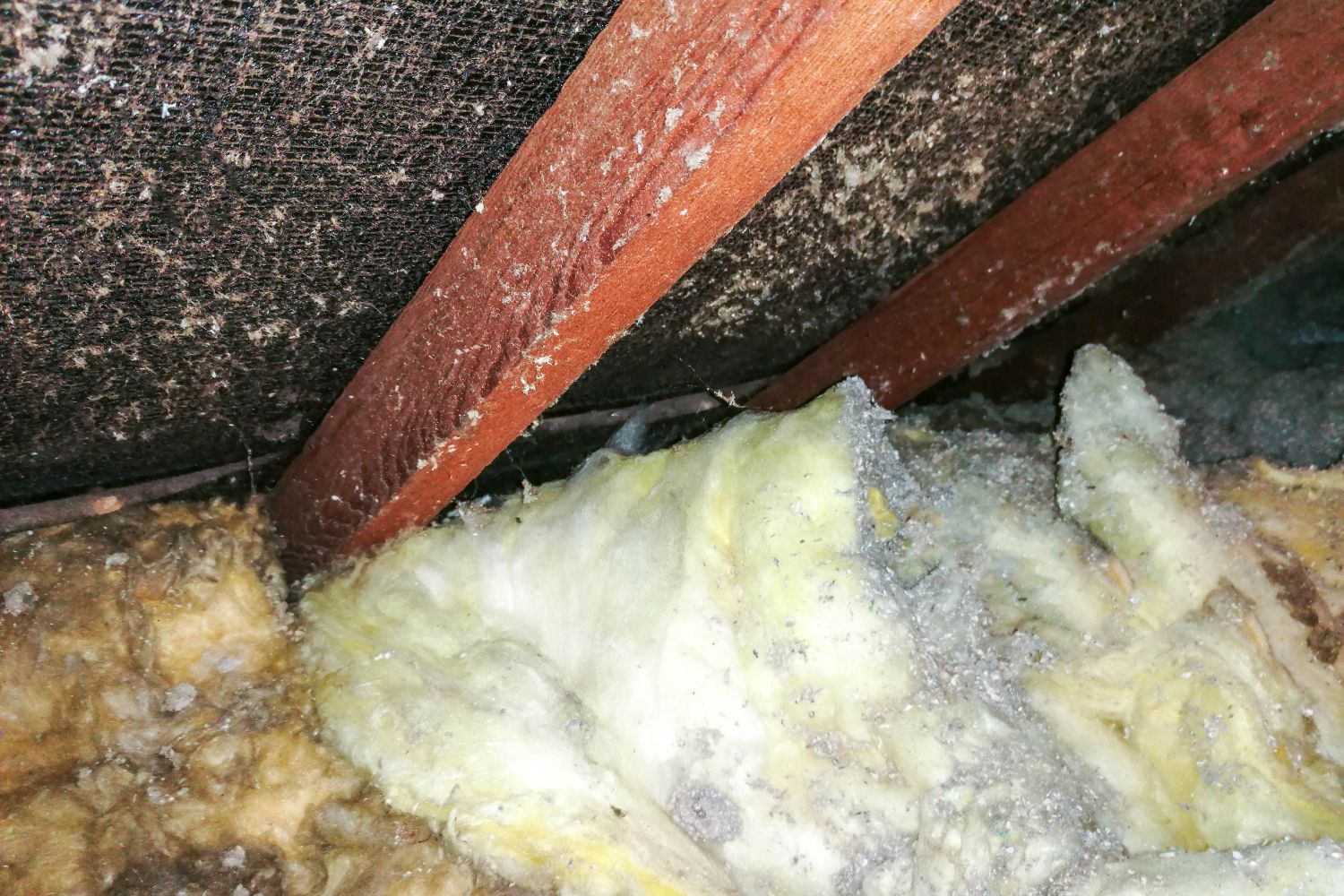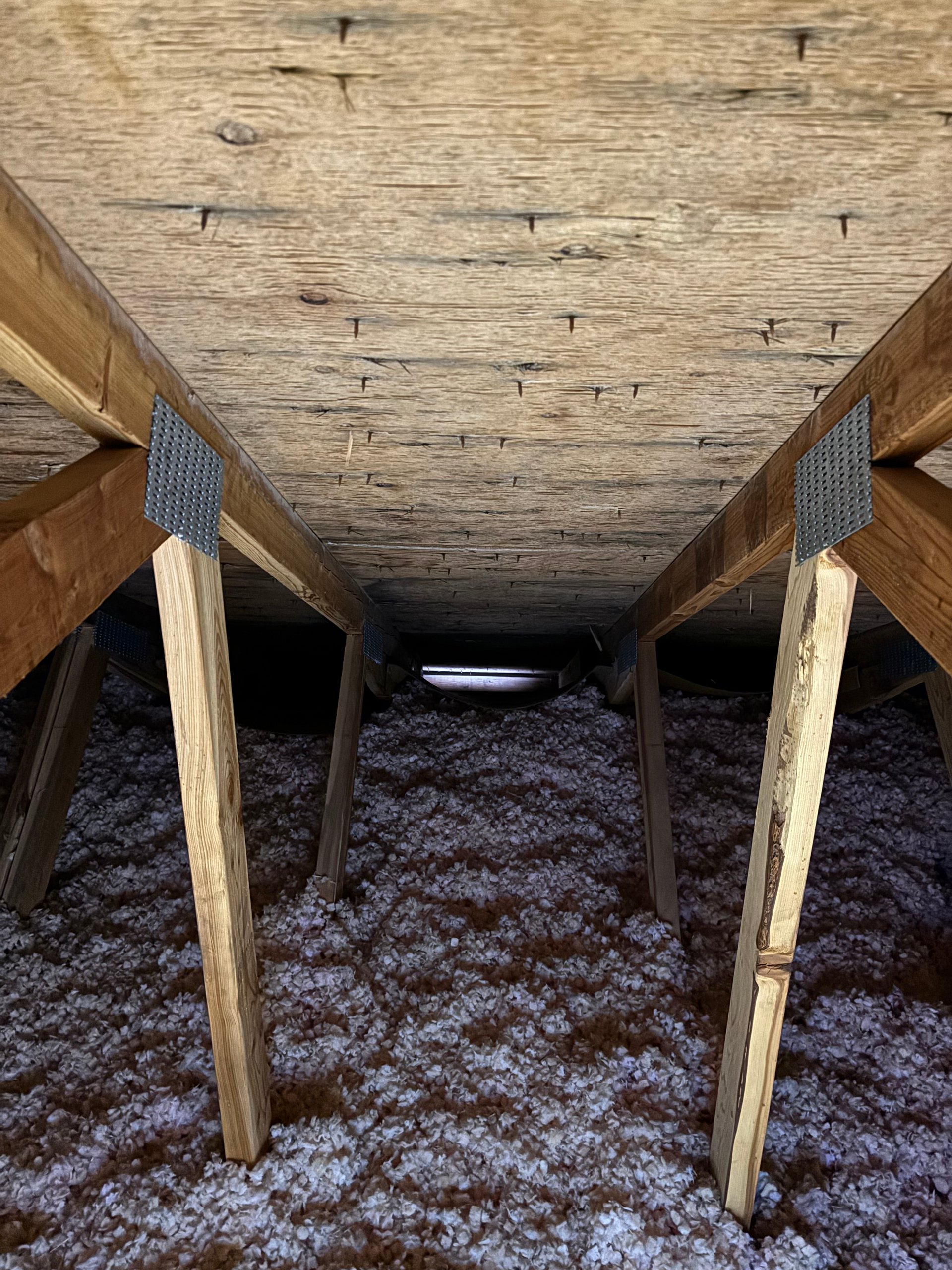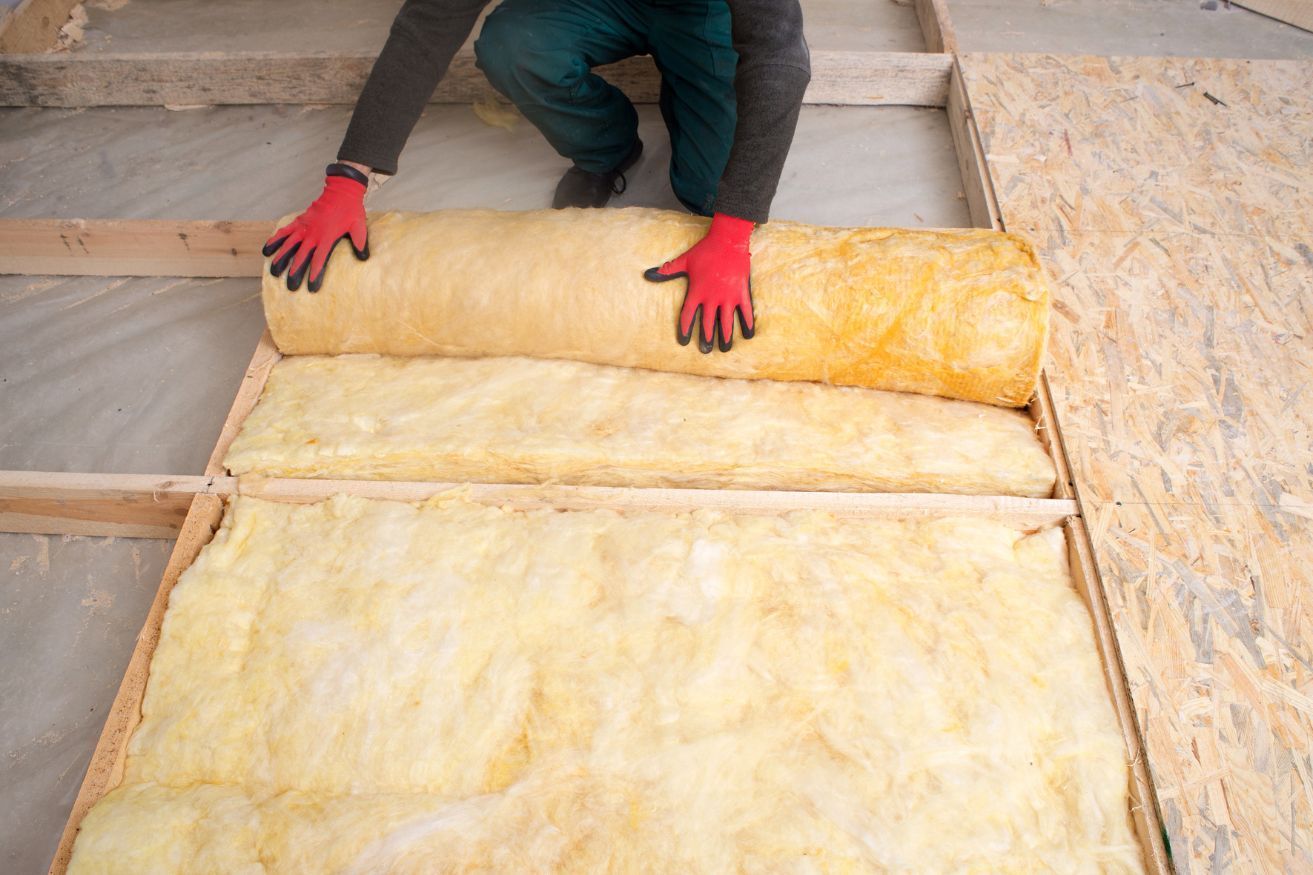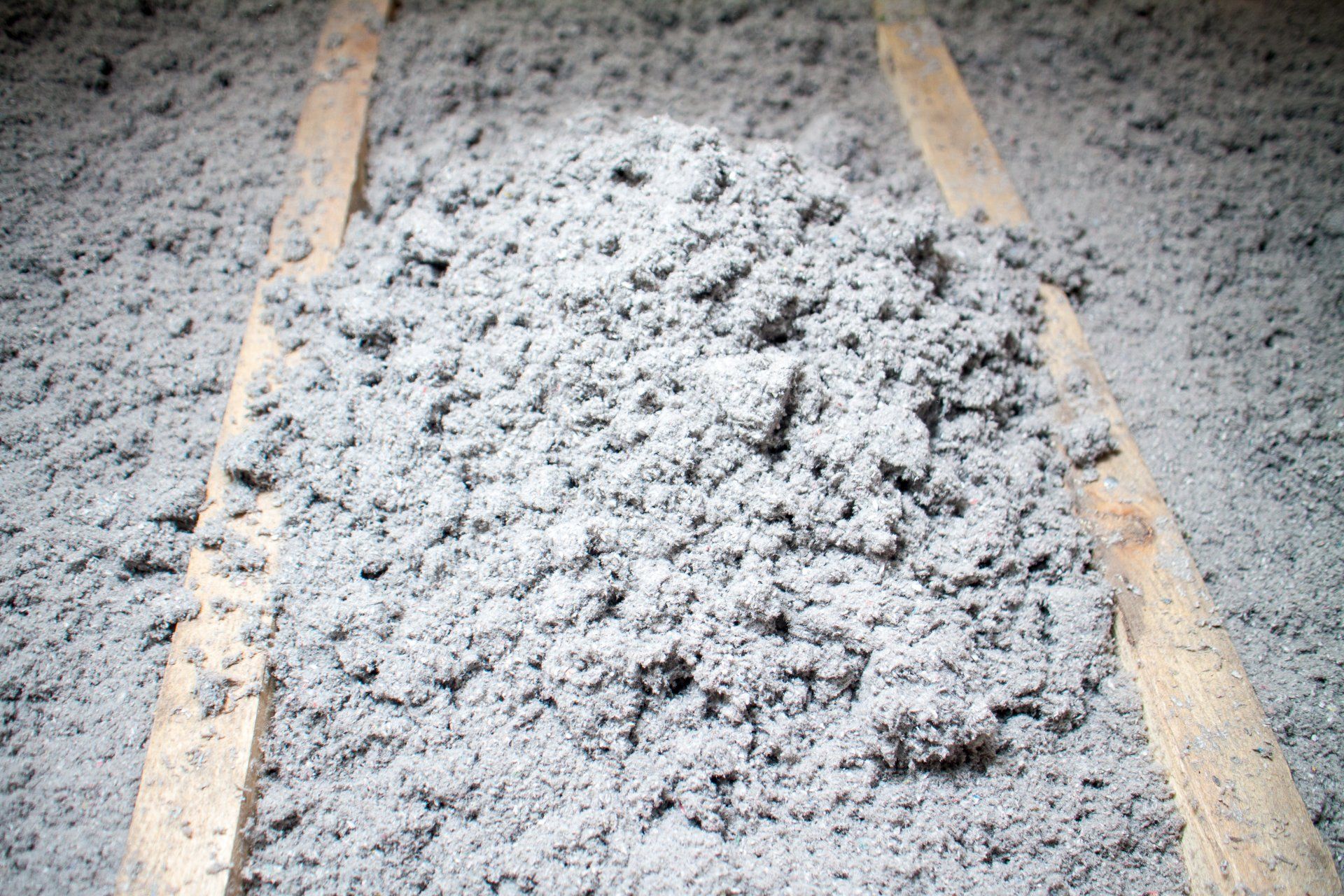Different Types of Insulation Explained Simply
What is Insulation Made Of?
When it comes to keeping your home comfortable and energy-efficient, insulation plays a crucial role. But with so many different types of insulation available, it can be challenging to know which one is right for your home. In this guide, we'll break down the different types of insulation materials, how they work, and where you can purchase them.
What is Insulation Made Of?
Insulation is made from a variety of materials, each with its own properties and benefits. The primary purpose of insulation is to reduce the transfer of heat, keeping your home warm in the winter and cool in the summer. Let's take a closer look at what insulation is made of:
Fiberglass
Fiberglass is one of the most common insulation materials. Made from fine strands of glass, it is lightweight and easy to install. Fiberglass insulation is available in batts, rolls, and loose-fill forms. It's known for its affordability and effectiveness in reducing heat transfer.
Cellulose
Cellulose insulation is made from recycled paper products, primarily newsprint. It is treated with fire-retardant chemicals to enhance its safety. This type of insulation is often used in attics and walls and is known for its eco-friendly properties.
Foam
Foam insulation comes in two main types: open-cell and closed-cell. Open-cell foam is less dense, providing good insulation while allowing for some air and moisture permeability. Closed-cell foam is denser and provides a higher R-value, making it suitable for areas where moisture resistance is critical.
Mineral Wool
Mineral wool, also known as rock wool or slag wool, is made from volcanic rock or industrial waste. It is fire-resistant and offers good thermal and sound insulation properties. Mineral wool is available in batts and loose-fill forms.
Reflective or Radiant Barrier
Reflective insulation, or radiant barriers, is made from aluminum foil laminated onto other materials. It reflects heat away rather than absorbing it, making it an excellent choice for hot climates.
Cotton (Denim)
Cotton insulation, often made from recycled denim, is an eco-friendly option. It is treated with borate for fire resistance and pest control. Cotton insulation is similar in performance to fiberglass but with added sustainability benefits.
Different Types of House Insulation
Now that we know what insulation is made of, let's explore the different types of house insulation and where they are typically used.
Batt and Roll Insulation
Batt and roll insulation are made from fiberglass, mineral wool, or cotton. They come in pre-cut panels or rolls that fit between the studs, joists, and beams of walls, attics, and floors. This type of insulation is easy to install and is a popular choice for DIY projects.
Loose-Fill and Blown-In Insulation
Loose-fill and blown-in insulation are made from fiberglass, cellulose, or mineral wool. This type of insulation is installed using a blowing machine, making it ideal for filling irregularly shaped areas or adding insulation to existing spaces. It is commonly used in attics and walls.
Spray Foam Insulation
Spray foam insulation is applied as a liquid that expands and hardens into a solid foam. It provides an excellent air barrier and is effective in hard-to-reach places. Spray foam is available in open-cell and closed-cell varieties, offering different levels of moisture resistance and insulation performance.
Rigid Foam Board Insulation
Rigid foam board insulation is made from polystyrene, polyurethane, or polyisocyanurate. It is lightweight, easy to cut, and provides a high insulating value. Rigid foam boards are commonly used in basements, exterior walls, and roofs.
Reflective or Radiant Barrier Insulation
Reflective insulation is typically installed in attics to reduce cooling costs in hot climates. It reflects radiant heat away from the living space, keeping the home cooler.
Where to Buy Insulation
Finding the right place to purchase insulation depends on your needs and budget. Here are some options to consider:
Local Home Improvement Stores
Most local home improvement stores, such as Home Depot or Lowe's, carry a wide variety of insulation types and brands. You can find batt, roll, loose-fill, and rigid foam board insulation available for purchase in-store or online.
Specialty Insulation Suppliers
Specialty insulation suppliers often offer a broader range of insulation materials, including spray foam kits and eco-friendly options. These suppliers may also provide installation services if you're not comfortable tackling the project yourself.
Online Retailers
Online retailers, such as Amazon or specialized insulation websites, offer a convenient way to compare prices and read reviews before making a purchase. You can often find bulk insulation deals and have the materials shipped directly to your home.
Local Contractors
If you're planning to hire a contractor for your insulation project, they will typically supply the necessary materials as part of the service. This can be a convenient option if you're not sure which type of insulation is best for your home.
Factors to Consider When Choosing Insulation
When selecting insulation for your home, consider the following factors:
Climate
Your local climate plays a significant role in determining the best type of insulation for your home. In colder climates, you'll want insulation with a higher R-value to keep your home warm. In warmer climates, reflective insulation can help keep your home cool.
Budget
Insulation costs can vary widely depending on the type and quantity needed. Consider your budget when choosing insulation, but remember that investing in quality insulation can lead to long-term energy savings.
Installation
Some types of insulation are easier to install than others. If you're planning a DIY project, consider batt or roll insulation. For more complex installations, such as spray foam, it may be best to hire a professional.
Environmental Impact
If sustainability is important to you, consider eco-friendly insulation options like cellulose or cotton. These materials are made from recycled content and have a lower environmental impact.
Conclusion
Choosing the right insulation for your home can improve comfort, reduce energy costs, and contribute to a more sustainable future. By understanding the different types of insulation materials and their applications, you can make an informed decision that meets your needs and budget. Whether you're tackling a DIY project or hiring a professional, the right insulation is an investment in your home's efficiency and comfort.
